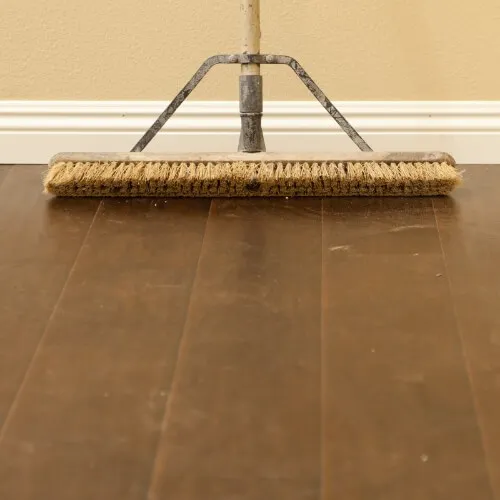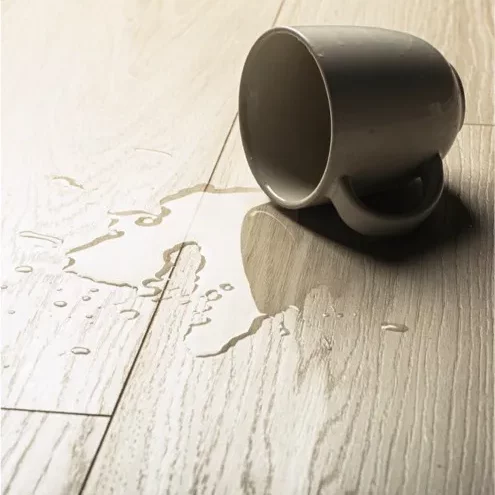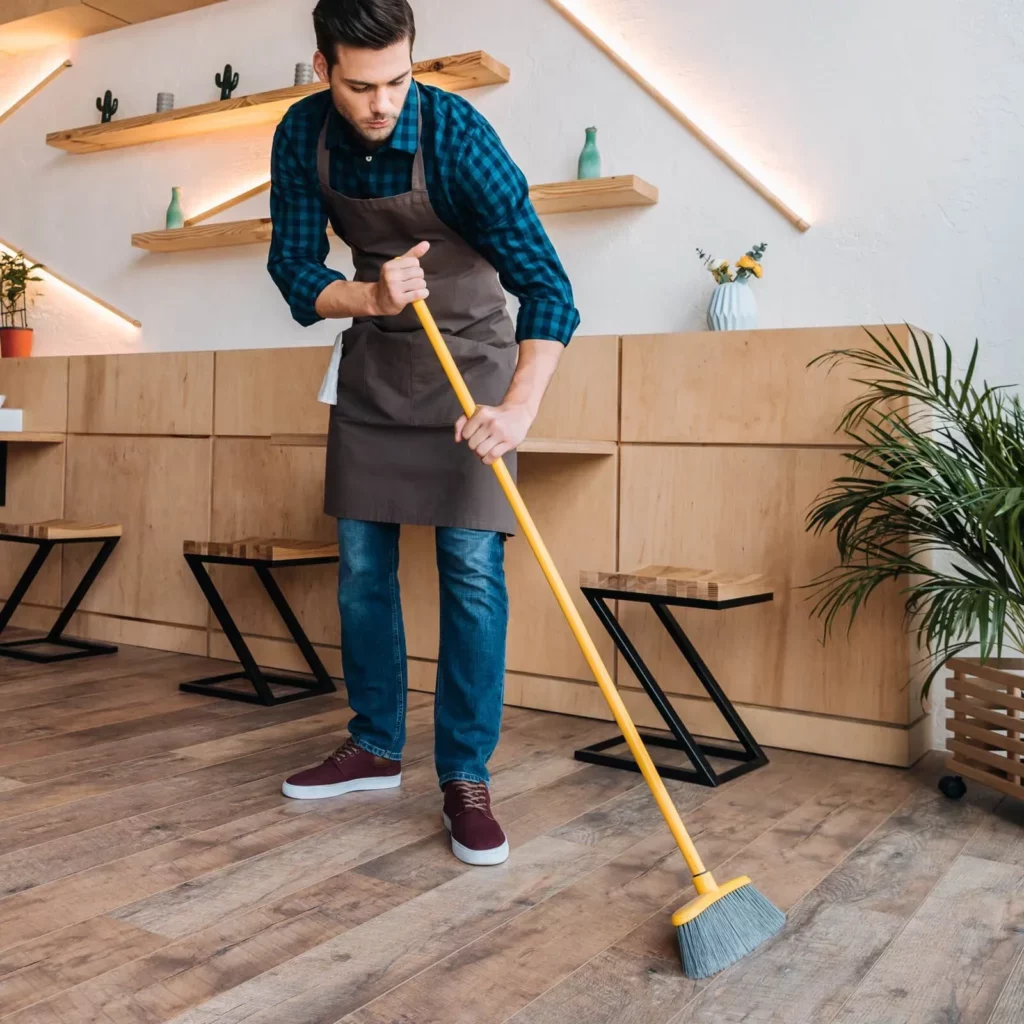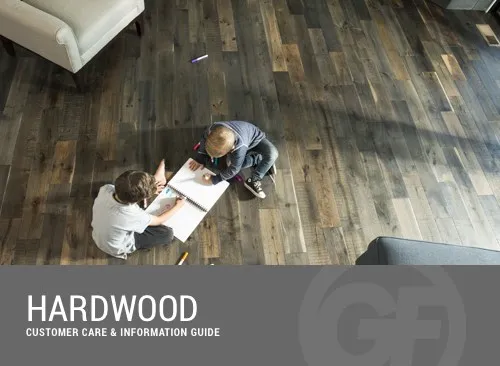Hardwood Care & Maintenance
With proper maintenance & appropriate cleaners, your hardwood planks from Great Floors will remain beautiful for many years to come.
Understanding Your Hardwood Floors
Congratulations on having made hardwood floors part of your interior design! They're a wonderful investment that can last a lifetime and add true value to your property.
Since hardwood is a genuine product of nature, each species of wood will offer its own natural characteristics that add to the beauty of the products and impact the suitability for different household activity levels.
You should expect a hardwood floor to show hairline cracks in & between boards. There might be a slight variation in the height of the boards in relationship to each other, in the color, and the grain. These are not considered to be defects at all, but more the unique markings of authentic wood floors.
Some pre-finished wood floors are laminated, meaning they are made up of several layers of hardwood with the top layer being stained & finished. This can impact refinishing capabilities down the line.
An intentional space is left between each board for natural expansion & contraction that occurs due to changes in the temperature, as well as the moisture content of the wood. Minor splintering & chipping from everyday wear and tear is considered normal.


Preventative Hardwood
Care & Maintenance
The following is a list of tips from the Great Floors team. Before taking any steps to clean or care for your floors, you should always follow your hardwood manufacturer's recommended procedures when possible.
- Oils from asphalt or roads can get tracked in from outdoors & leave a stain on your hardwood. Use walk-off mats or soft-backed throw rugs to trap dirt & grit before it enters your home.
- Certain chemicals in wood oxidize in strong light, causing it to change color, age, or develop a patina. Use drapes or shades & move area rugs occasionally to avoid uneven weathering.
- Put felt glides on the legs of furniture to allow for movement without scuffing. Clean these glides regularly to remove embedded dirt. Different types of furniture may require different types of casters, but you should generally avoid plastic ones.
- Vacuum regularly using a machine without a beater bar. A brush attachment works well.
- Sweep or use a dust mop daily, but do not use household dust treatments as these can cause your floors to become dull or dangerously slick.
- Wipe up food & other spills immediately with a clean, damp cloth, then dry promptly.
- Avoid walking on hardwood in high heels, as they can cause dents.
Regular Hardwood Flooring Care
Your primary goal when it comes to hardwood flooring care is to keep grit off the floor. Dust mop regularly & keep any mats or rugs clean. Wipe up any spills immediately using a soft, dry cloth, or a damp cloth for sticky spills.
Never damp mop a wood floor unless you have a moisture-compatible finish. Even then, use the minimum possible amount of water to avoid deterioration of the wood. You should generally not clean wood floors with water, water-based products, or vinegar on a regular schedule. There are care products specifically formulated for hardwood floors that will not dull your floor's finish. If you do need to restore a hardwood floor's luster, you can buff it.
Do not wax your hardwood floors unless you have a compatible finish. A waxed floor can never be re-coated without being completely sanded down to the raw wood surface.

We Carry The Top Hardwood Brands In The Northwest



Ready to get your project started?
Fill out the form below and we'll reach out to you shortly.
"*" indicates required fields

